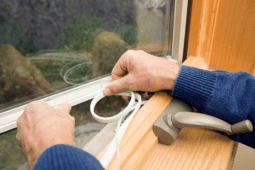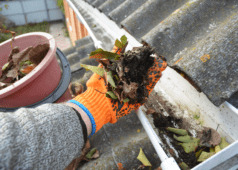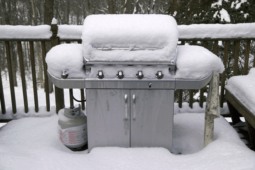Baking Soda Is a Great DIY Weed Killer
In the ongoing quest for a lush, weed-free garden, homeowners and greenthumbs alike are continually seeking effective and eco-friendly solutions. Surprisingly, the answer to many gardening woes can be found in a common household item: baking soda.
This versatile compound, known scientifically as sodium bicarbonate, has long been celebrated for its myriad uses, from baking to cleaning, and now, as an innovative approach to weed control. In this article, we will get into the practicalities of using baking soda as a natural herbicide, exploring its efficacy, application methods, and the science behind how it works to keep your garden pristine without the need for harsh chemicals.
Whether you’re battling dandelions in the driveway or purslane in the patio, discover how a sprinkle of this culinary staple can transform your gardening strategy.
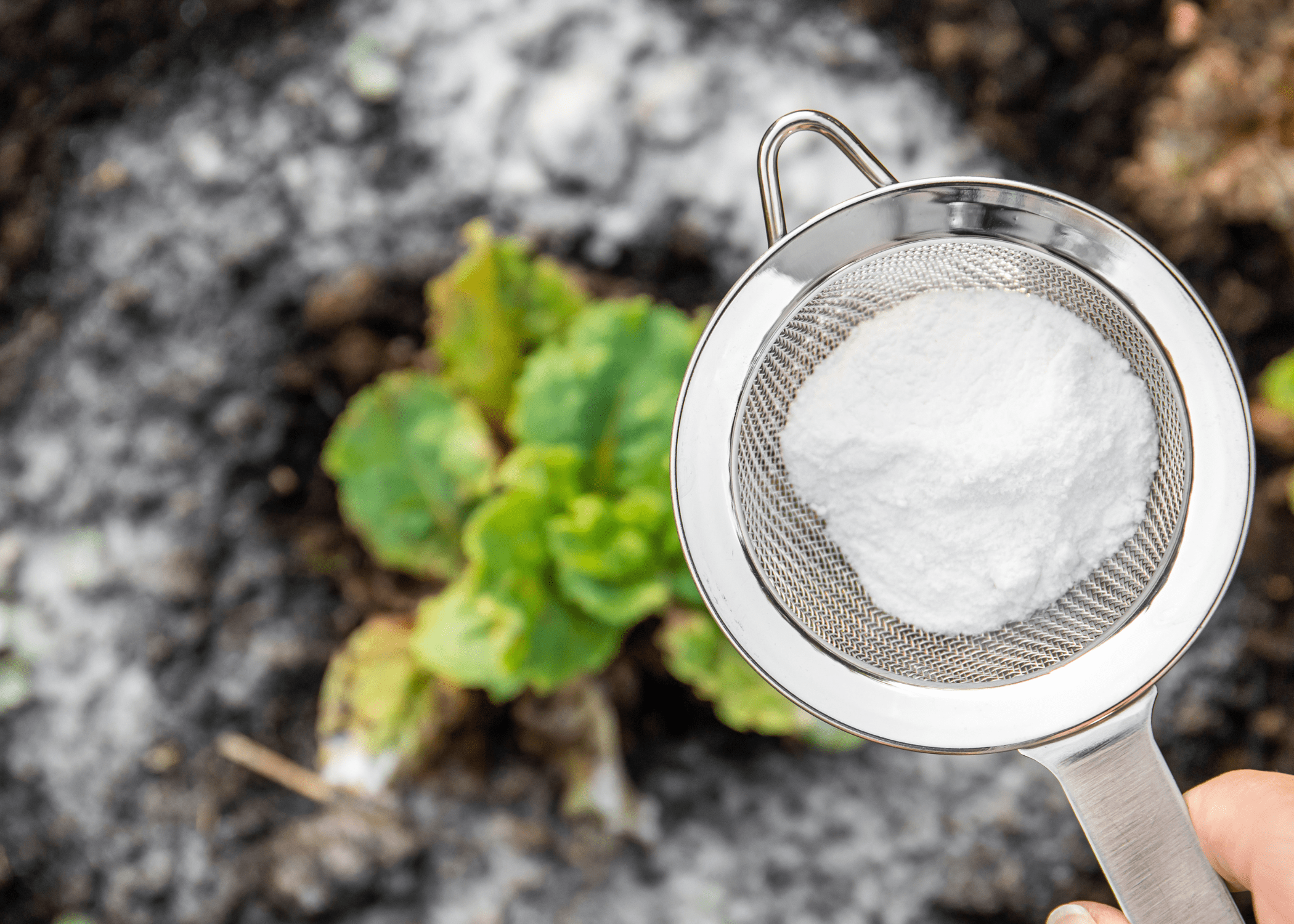
Baking Soda as a Weed Killer
By creating a hostile environment for weeds, baking soda disrupts their growth without the use of harsh chemicals. This method is particularly appealing for those seeking an eco-friendly approach to gardening, as it reduces the reliance on synthetic herbicides, which can be detrimental to the environment and potentially harmful to both pets and humans.
When applied correctly, baking soda targets unwanted plants by desiccating them, effectively drying them out. It works best on young, annual weeds that are less than three inches tall.
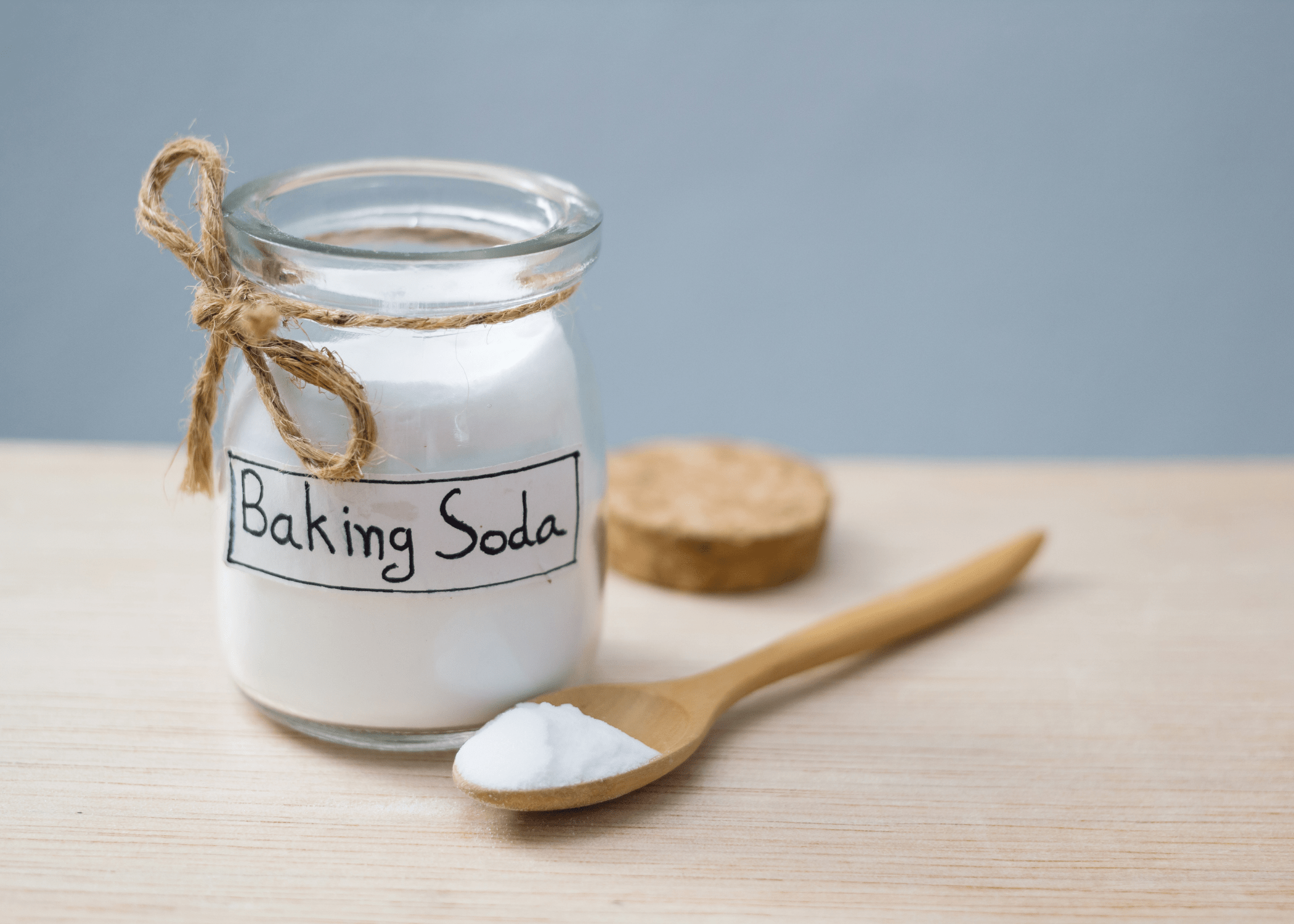
The sodium bicarbonate in the baking soda essentially draws out the moisture from the weeds, leading to their eventual withering and death. This technique is especially useful in cracks on sidewalks, driveways, and other hard surfaces where weeds often sprout inconveniently.
While not a blanket solution for all types of weeds, it provides an excellent option for spot treatments and maintaining clear boundaries within your garden.
Effective and Eco-friendly Option
When exploring natural methods to maintain a pristine garden, baking soda weed killer emerges as a standout option due to its eco-friendliness and ease of use.
This household staple offers a non-toxic alternative to harsh chemical weed killers. By directly applying baking soda to the weeds, you can effectively disrupt their growth without harming the surrounding environment. Its properties create a high-salinity condition around the weed, which dehydrates and kills them over time, making it ideal for use in walkways, patios, and garden beds where weeds often sprout unwelcome.
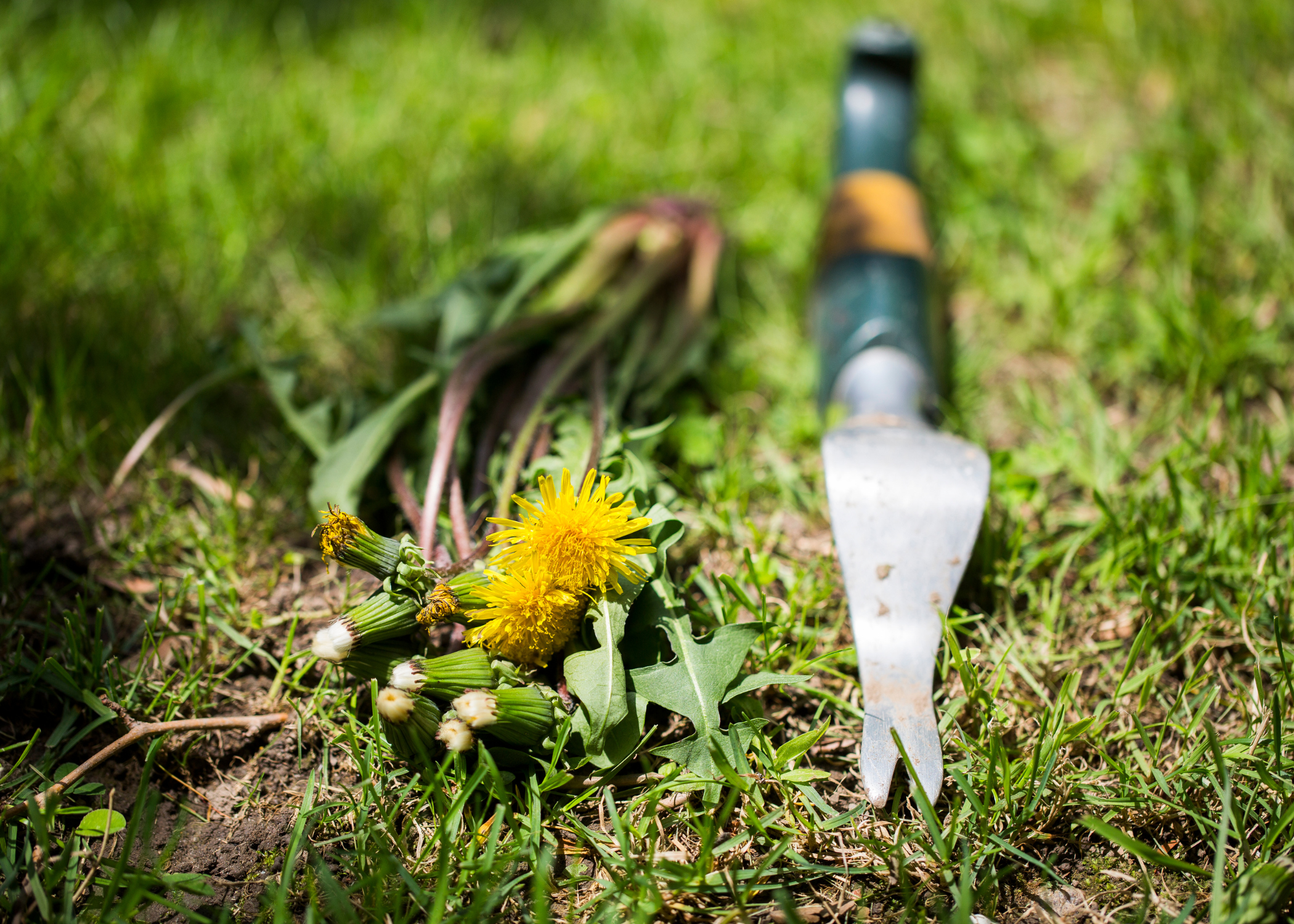
Using baking soda to control weeds is not only effective but also ensures that your garden remains safe for pets and wildlife. Unlike many commercial herbicides that contain potentially harmful ingredients, baking soda degrades quickly and does not leave lasting residues that could impact the soil’s health.
Gardeners who prioritize sustainability often find this method aligns perfectly with their gardening philosophy, offering a simple yet powerful solution to weed management. By incorporating baking soda into your gardening routine, you contribute to a healthier ecosystem while keeping your garden looking its best.
Benefits of Using Baking Soda for Weed Control
Exploring natural solutions for garden maintenance leads many to the use of baking soda as a weed killer. This common household item is not only cost-effective but also environmentally friendly compared to chemical herbicides.
When applied properly, it acts by creating a high-sodium environment that is inhospitable for weeds, effectively desiccating them without causing harmful runoff that could affect nearby plants or wildlife. Its granular nature makes it easy to target specific areas where weeds are a problem, helping preserve the surrounding flora.
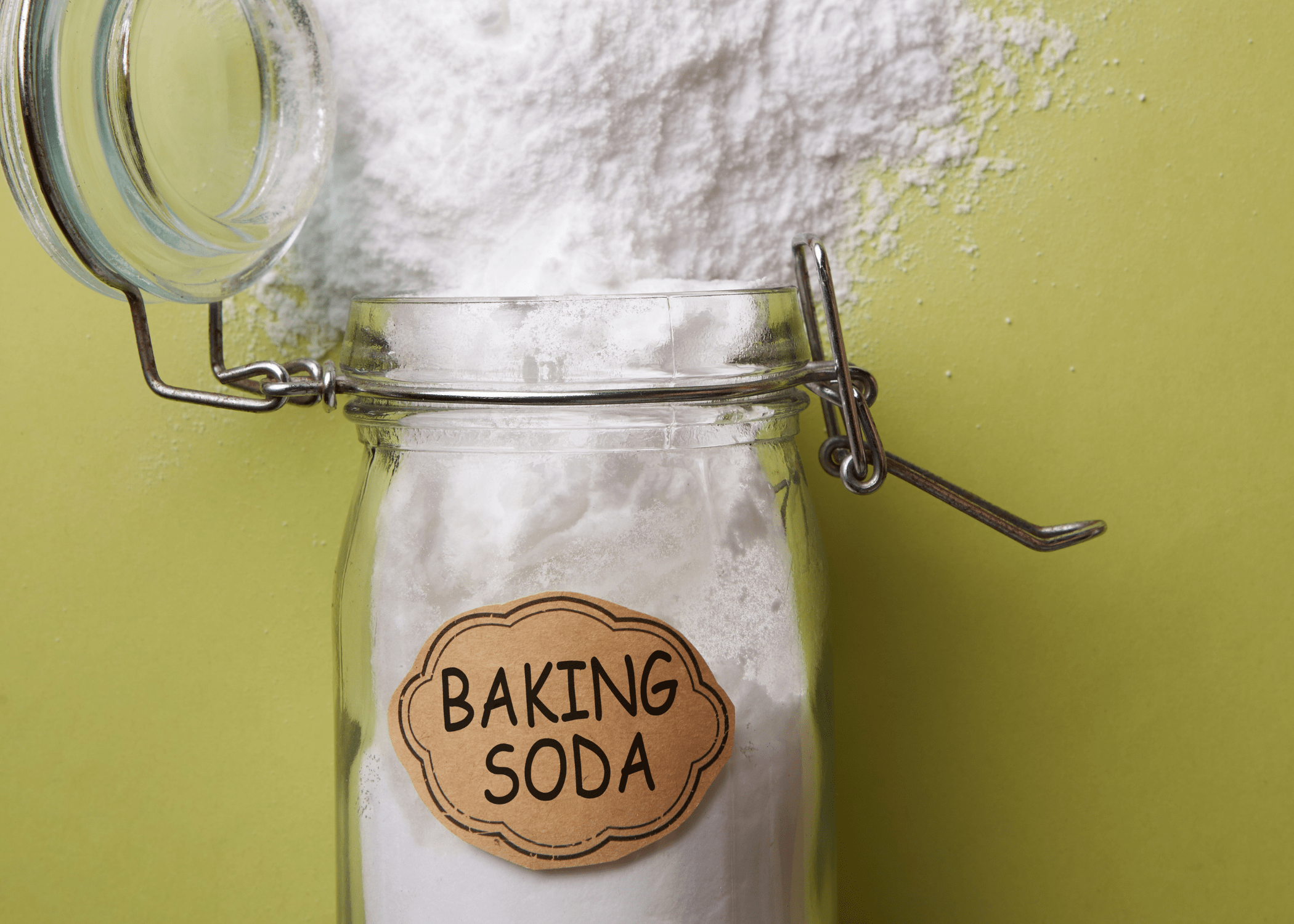
Another advantage of using baking soda for weed control is its safety for use around pets and children. Unlike many commercial weed killers that contain hazardous chemicals, baking soda is non-toxic and poses minimal risk when used in outdoor spaces.
This makes it an ideal choice for households looking to maintain their gardens while keeping their loved ones safe. Additionally, its multipurpose use in the home extends to garden care, reinforcing its value as a staple in eco-conscious households striving for sustainability and safety in their gardening practices.
Environmental Advantages
When considering the use of baking soda weed killer, one of the most compelling arguments for its adoption lies in its environmental benefits. Unlike many chemical herbicides that can leach into the soil and contaminate water sources, baking soda is a naturally occurring compound that presents minimal risk to the environment.
It breaks down quickly without leaving harmful residues, thus maintaining soil health and reducing the risk of water pollution. This makes it an ideal choice for gardeners who are keen on preserving the surrounding ecosystem while controlling weed growth.
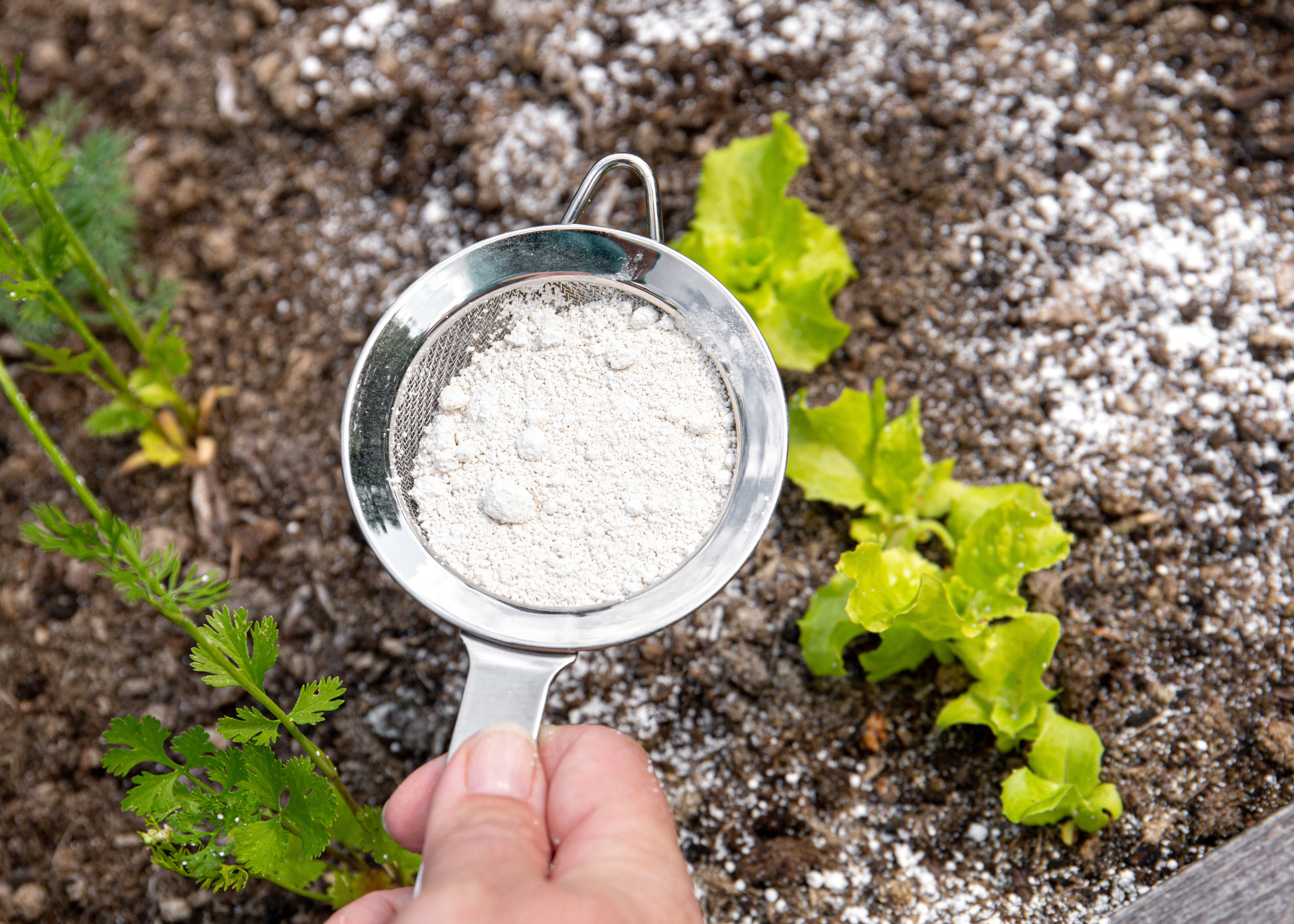
The safety profile of baking soda stands in stark contrast to those of many synthetic weed killers, which can contain potentially hazardous chemicals. These conventional herbicides often carry warnings about their impact on human health, particularly regarding skin and respiratory irritation or more severe long-term effects.
Baking soda, on the other hand, is a common household item that is generally recognized as safe to handle and apply. This inherent safety makes it an appealing option for households with pets and children, ensuring that garden maintenance doesn’t come at the cost of safety.
How to Apply Baking Soda for Optimal Weed-Killing
When considering the application of baking soda weed killer, timing and precision are key. Ideally, choose a dry, sunny day for application, as moisture can dilute the baking soda, reducing its effectiveness.
Sprinkle a generous amount of baking soda directly onto the weed, focusing especially on the leaves and stems. The sodium component of baking soda will help dehydrate the plant. Be mindful to avoid spreading it on desired plants and grass, as its high salt content can harm them as well.
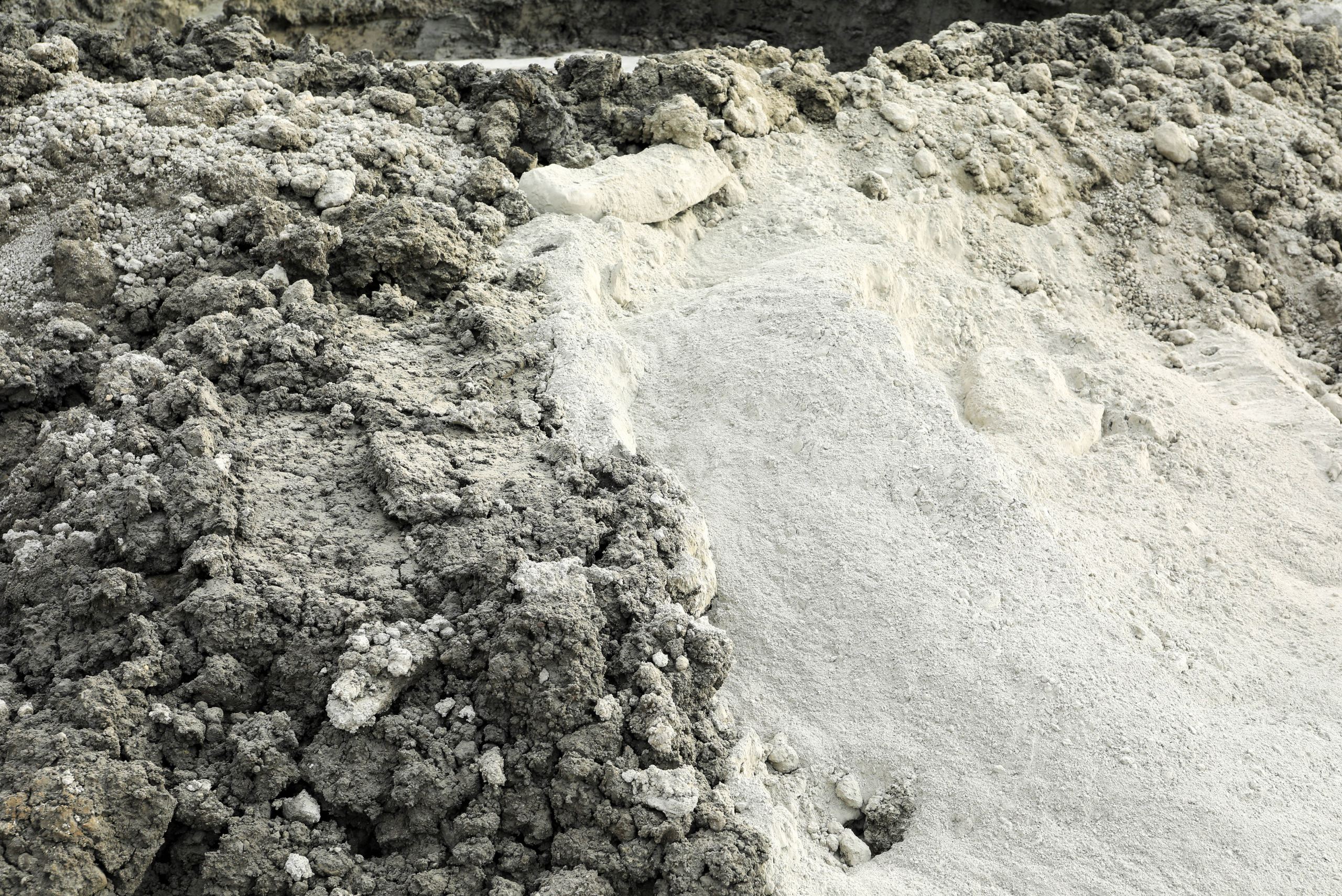
After application, give the area a day or two and check the results. You should see the weeds begin to brown and wither, indicating that the baking soda is taking effect.
For stubborn weeds or larger areas, a second application might be necessary. It’s important to use this method sparingly and judiciously, as excessive use can alter the soil’s pH level and salinity, potentially making the soil less hospitable for other plants.
Regular monitoring and careful application will ensure the best results while maintaining the health of your garden.
Hard to Target Weeds
Baking soda is most effective on small, annual weeds that appear in and around gardens or between cracks in driveways and sidewalks. Once you have pinpointed these areas, moisten the weeds slightly with water. This moisture helps the baking soda adhere to the leaves, increasing its efficacy.
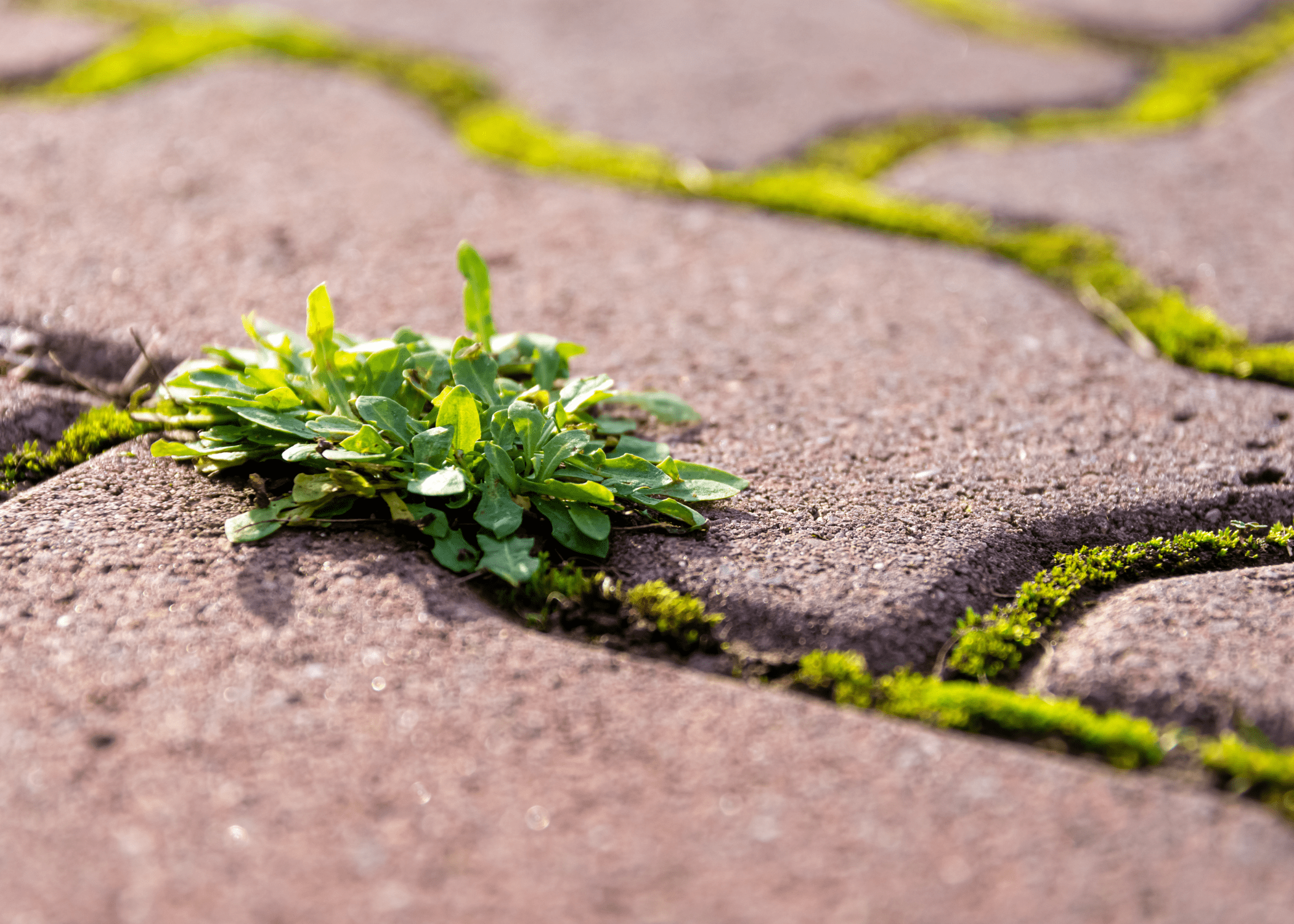
Next, sprinkle a generous amount of baking soda directly onto the foliage of the weeds. Aim for a thorough coating, especially at the base of the plant, as this is where it will absorb into the soil and disrupt the weed’s growth. It’s best to apply the baking soda on a dry, sunny day with no forecast of rain, allowing it to work effectively without being washed away.
Over the next few days, observe the treated areas. You may need to reapply after a few weeks if any new growth appears, ensuring the baking soda weed killer has ample opportunity to eradicate unwanted vegetation.
Precautions and Considerations
When considering the use of baking soda weed killer, it’s important to remember that while baking soda is a naturally occurring substance, it can affect the pH balance of your soil.
This is particularly crucial if you’re applying it in areas where you grow other plants. Baking soda is alkaline, and when used in large amounts, it can make the soil too alkaline for most plants, which prefer slightly acidic to neutral pH levels.
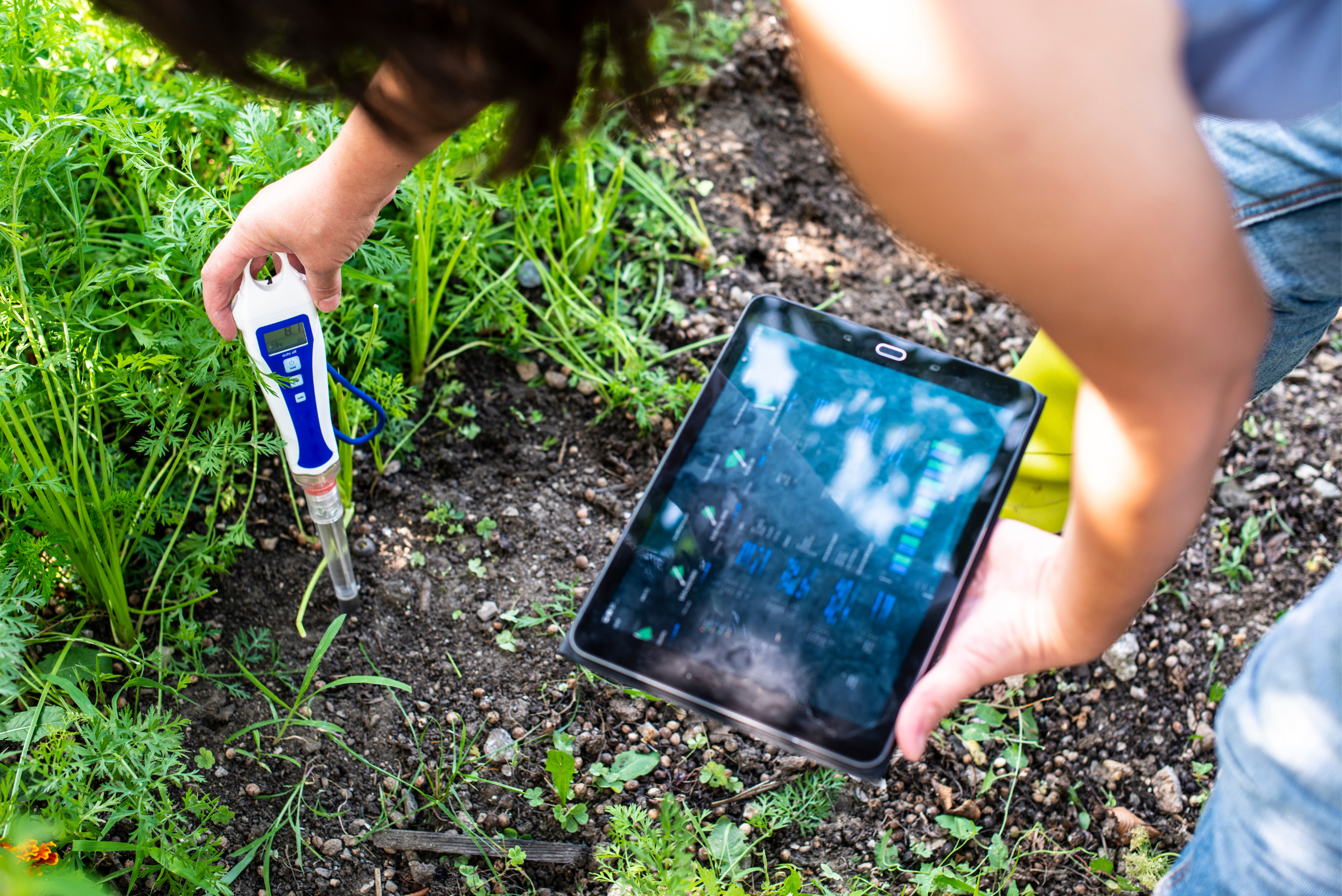
Before using baking soda as a weed killer, test your soil’s pH and only apply it to areas away from your prized plants to avoid unintended harm.
Baking soda can have an impact on the microorganisms that enrich your soil. These tiny helpers break down organic matter and cycle nutrients through the soil, supporting plant health.
Overusing baking soda can inhibit these beneficial bacteria and fungi, leading to poorer soil quality. Therefore, use it sparingly and consider integrating it as part of a broader garden management strategy, including physical weed removal and mulching, to minimize any negative effects on your garden ecosystem.
Related Articles
- How to Kill Weeds in Your Lawn Without Using Chemicals
- Step-by-Step Guide for How to Sharpen Lawn Mower Blades
- Craft Your Own DIY Self-Watering Planters
So make sure to keep this helpful method in mind when tackling weeds around your garden, but be considerate of the types of plants you have planted to keep them thriving all season long. Happy gardening!


